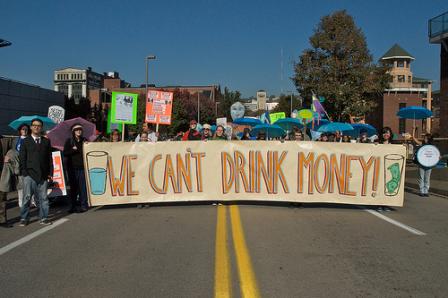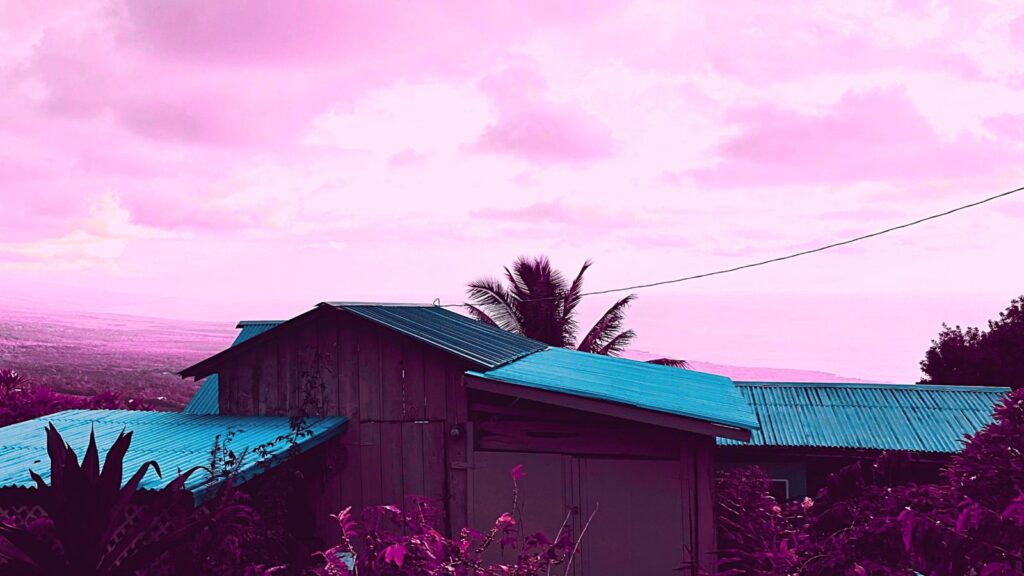The first scientific study linking hydraulic fracturing to flammable drinking water was published. As a result, scientists are urging a moratorium on the drilling and more research into its dangers.
For those that do not know, hydraulic fracturing or “fracking” is the drilling technique of shooting water, sand and toxic chemicals into the ground to break up rock and release natural gas deposits. The EPA has declared it safe, but water has been contaminated in over a thousand places where fracking has occurred. Furthermore, the gas companies are allowed to conceal the chemicals they use as “trade secrets” in typical business fashion.
A 2009 study by ProPublica revealed that methane contamination is widespread, including in Pennsylvania, Ohio, Colorado, and Wyoming. There have been cases of water wells exploding, drinking water that can be lit on fire, and several tragedies where homes blew up after gas seeped into basements or water supplies. One documented case is the 2004 Pennsylvania explosion killing two people and a baby. The drilling industry marginalizes these cases as “anecdotal” but they cannot refute the case made by science.
The research conducted by Duke University revealed that when water supplies were close to natural gas wells, levels of flammable methane gas in drinking water increased to 17 times the levels detected in wells further from drilling. These levels fall in the range the U.S. Dept. of Interior says is “dangerous and requires urgent hazard mitigation action.” The research did not find evidence that chemicals used in fracking had contaminated the wells, however they report an alarming correlation between drilling and seepage of gas contaminants underground. This is very dangerous and evidence that there are pathways for contaminants to migrate deep into the earth.
Further evidence of drilling’s effect on water contamination is the fact that other types of gas, like Ethane, which is another component of natural gas, “was found in 81 percent of water wells near active gas drilling but in only 9 percent of water wells further away.”
Methane is not regulated in drinking water. There is disturbingly limited research on the dangers of ingesting it, but it is not currently believed to be harmful to drink. However, when methane collects in enclosed spaces it can asphyxiate people nearby or cause explosions.
Oftentimes, the distance between the area fractured and the drinking wells is cited as making it impossible to contaminate. However, the report noted that over a mile of rock separated the bottom of the contaminated shallow drinking water wells from the areas fractured for gas and identified several ways fluids or gas could contaminate the water: The substances could be displaced by the pressures, could travel through fractures or faults created by hydraulic fracturing, or could leak from the well casing itself. The scientists are calling for more research to prove that these blanket statements about the impossibility of contamination are wrong.
This study has given evidence into the risks and link between fracking and contamination of drinking water. The gas industry has waged a public relations war, with commercials touting fracking as safe and natural. This study could change the face of the public debate over drilling and hydraulic fracturing.
Congress is also taking note of the information. Congressman Maurice Hinchey, D-N.Y. is calling for more study of the health and environmental risks, and has re-introduced the FRAC Act, which calls for disclosure of the chemicals used in fracking. If you would like to get involved, you can find petitions for specific states, or contact your Congressmen and women and let them know how you feel.
Image by Marcellus Protest on Flickr courtesy of Creative Commons Licensing














